(1277 products available)













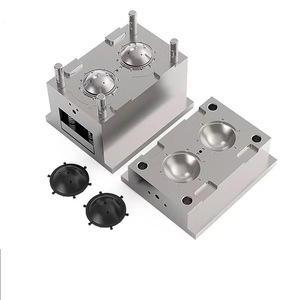
















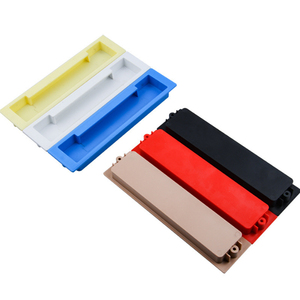
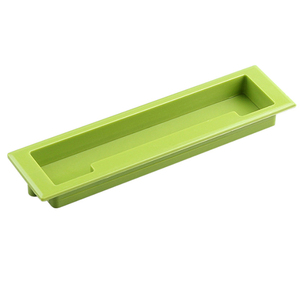

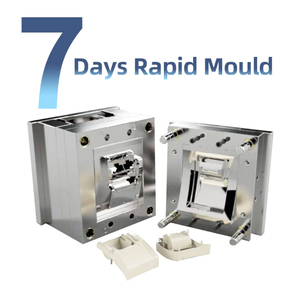
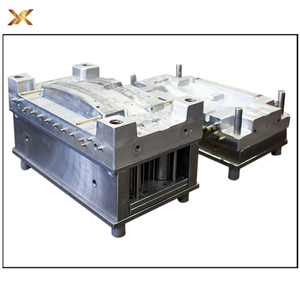

















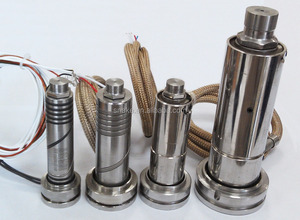

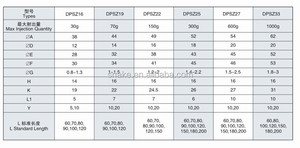


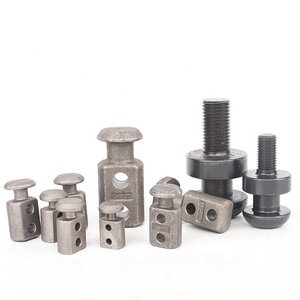








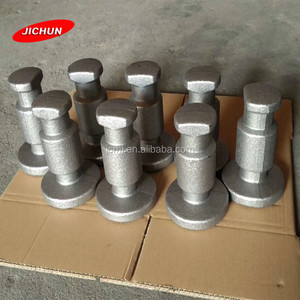



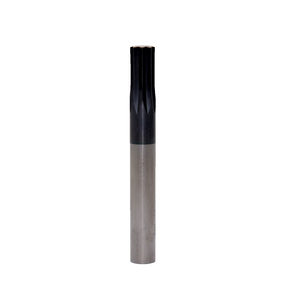
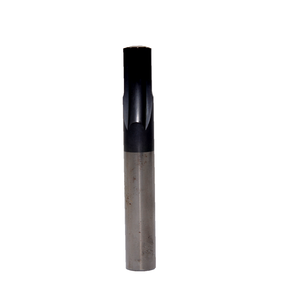
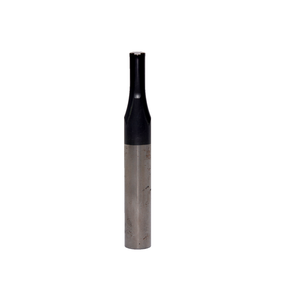










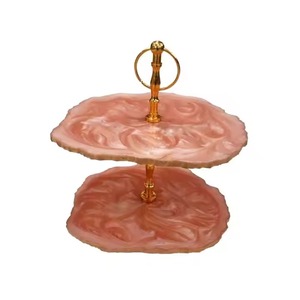


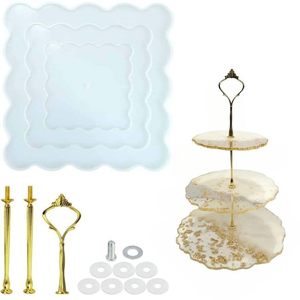




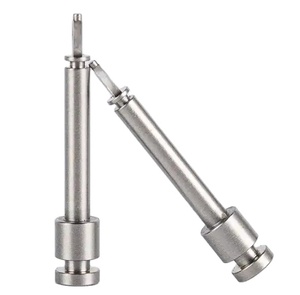








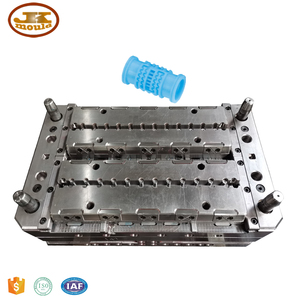

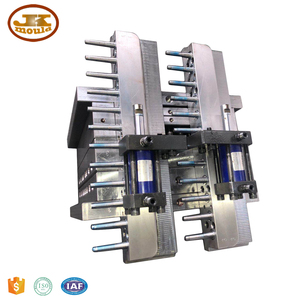
















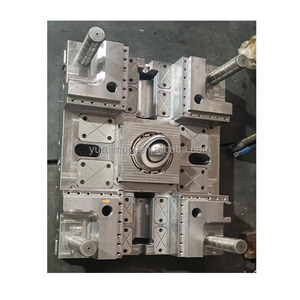



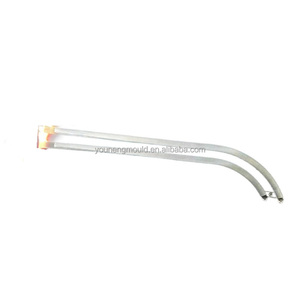
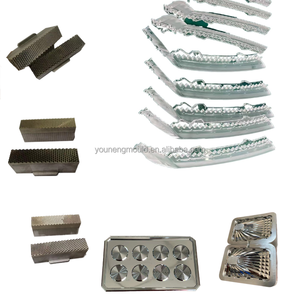
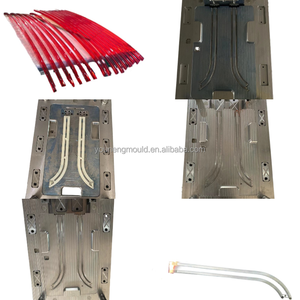
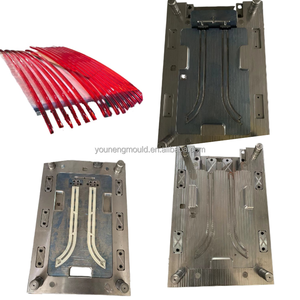


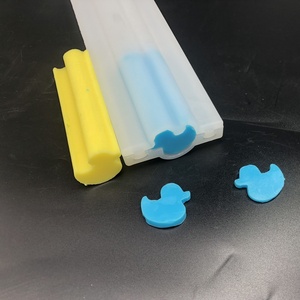




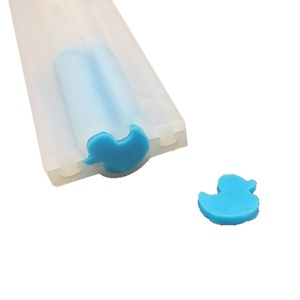


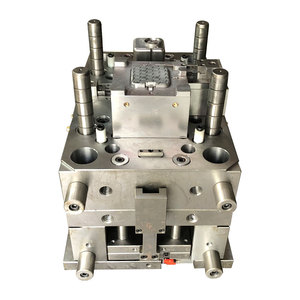

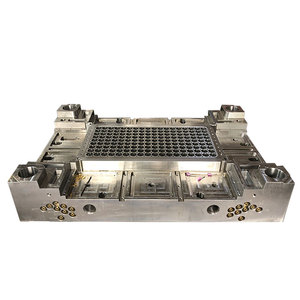















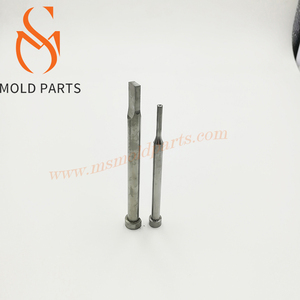







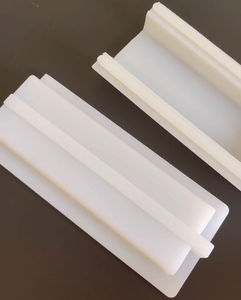







Embedding molds utilize heterogeneous materials to ensure longevity and utility. These materials offer a plethora of benefits, such as high resistance to abrasion and optimal thermal stability.
Steel alloys utilized in embedding molds are indispensable due to their strength and durability. These properties allow them to retain shape and stiffness under challenging manufacturing conditions. Commonly employed steel types include H13 and S7, which are infused with chromium and vanadium for added toughness and heat resistance. Such attributes make steel alloys the ideal choice for high-temperature applications.
Aluminum alloys have been widely accepted in embedding molds for their lightweight properties and resistance to corrosion, which is an advantage over heavier counterparts. Typically, molds made from aluminum alloys are expeditiously machined and possess stellar thermal conductivity that ensures uniform heat distribution. Such properties are vital in enhancing molding processes, particularly in intricate designs.
Brass is popularly known for molding metals, and it also finds utility in embedding molds. Its resistance to corrosion and stellar thermal properties allows quick and even heat dispersion. This characteristic makes brass a prime candidate for molds employed in plastic injection processes. Additionally, brass's ease of machining allows for the production of high-precision molds.
Engineering plastics are gaining notoriety for their application in embedding molds. Materials such as acrylonitrile-butadiene-styrene and polycarbonate are favored due to their lightweight structure and resistance to diverse chemicals. Moreover, plastic molds delineate an affordable alternative to their metal counterparts and are especially useful for short production runs or when dealing with less demanding embedding tasks.
Embedding molds are delineated for a cornucopia of applications in divergent industries. This wide application spectrum facilitates accurate embedding of diverse materials.
Embedding molds are critical in the electronics sector for encapsulating components such as semiconductors and circuit boards. The epoxy molds safeguard these components from moisture, dust, and electromagnetic interference. This provision of protection directly results in an enhanced component lifespan and performance. With this in mind, manufacturers employ high-precision molds to ensure optimal fitting and minimal waste during the embedding process.
The aerospace industry benefits from embedding molds to manufacture composite materials and parts. These molds are responsible for shaping and curing materials such as carbon fiber reinforced polymers. These resultant materials are lightweight yet exceptionally sturdy. Such properties make them ideal for the demanding conditions found in aircraft and spacecraft. In addition, embedding molds allow the production of complex parts that cannot be achieved using traditional manufacturing techniques.
The medical sphere employs embedding molds for creating biocompatible implants and devices. Commonly, materials such as polymers and metals undergo embedding to fabricate components like joints, stents, and prosthetics. Usually, these molds are manufactured with precision to ensure components are both functional and safe. Consequently, this precision contributes to positive surgical outcomes and improved patient safety. Moreover, embedding molds accommodate the production of customized implants tailored to individual patient anatomy.
The automotive industry greatly relies on embedding molds to produce diverse components. These components range from engine parts to interior assemblies. Typically, embedding molds facilitate the transition from raw materials to complex components with superior strength and durability. By and large, these molds allow the integration of advanced materials such as composites and expanded plastics to enhance performance and reduce vehicle weight.
Further, precision-engineered molds contribute to improved manufacturing efficiency, minimizing waste and production costs. This efficiency enables automakers to respond effectively to market demands while upholding quality standards.
Consumer product manufacturing utilizes embedding molds to produce items such as furniture, packaging, and household goods. Commonly, these molds aid in creating materials with desirable properties such as improved strength, aesthetics, and functionality. They also provide the flexibility to design complex shapes that enhance product appeal and performance.
Embedding molds delineate a range of customized options to meet the specific needs of different projects. Such options range from material selection to design features that accommodate unique requirements.
Typically, custom embedding molds can be fabricated from a wide assortment of materials. These materials range from standard steel alloys to more specialized options like hardened aluminum or brass. The choice of material is made based on the specific application requirements and the volume of production. In general, users select materials that are either cost-effective for low production runs or these materials are highly durable for extensive use.
The design flexibility of embedding molds is indispensable to achieving optimal results. Ideologically, manufacturers utilize advanced CAD software to create custom mold designs that meet clients' specifications. Normally, these designs can be adjusted to incorporate specific features such as complex geometries, varying thicknesses, or customized logo engravings. This level of detail enables the production of embeddings that are tailored to unique product requirements and specifications.
Mostly, custom embedding molds allow adjustments to the cavity configuration to suit divergent product designs. Often, these configurations can be developed to create multiple cavities for high-volume production or a single, highly detailed cavity for precision work. Additionally, users changing the cavity shape and depth provide the versatility to produce parts with varying levels of complexity.
The surface finish of embedding molds can be customized to meet aesthetic and functional requirements alike. Usually, finishes such as polishing, texturing, or electroplating are selected based on the desired outcome of the embedded products. Further, a polished surface enhances the mold's durability and produces smoother finished products. Meanwhile, textured surfaces improve grip or alter the product's visual appeal. Normally, this flexibility allows manufacturers to adjust the mold surfaces for functional performance and product aesthetics.
Custom embedding molds are usually equipped with divergent heat management features. These features are typically tailored to the specific materials and production rates demanded by the users. For instance, molds delineated for high-temperature materials often come with internal cooling channels fabricated from copper alloy. These channels help dissipate heat expeditiously during the embedding process.
Moreover, customization options also include heating plates or cartridges integrated into the mold. Traditionally, this integration ensures consistent temperature maintenance for extended production runs. Either way, these adjustments are essential in enhancing the mold's performance. In doing so, they ensure optimal temperature control during the embedding process.
Selecting the ideal embedding mold entails several critical factors. These factors are usually based on the specific requirements of the project and production volume.
Identifying the primary purpose of using a mold assumes center stage. In most cases, the intended application will influence the material and design choices. For instance, molds fabricated for the automotive industry needs to be sturdier, while those used in making electronic products have to be relatively lighter. Further, products that require higher precision demand a mold with more detailed engravings and superior internal/external cavity wall definition, while molds with 3D printing filaments for easy sample prints do not.
The choice of material for the mold itself is paramount. Typically, each material has its advantages and disadvantages. Letting them be, such as steel, which is strong and long-lasting, or aluminum, which is easily machined. Normally, steel molds are ideal for high-volume production, while aluminum molds are suitable for lower-volume runs due to their cost-effectiveness. In addition, brass molds are often used for specialized applications.
Achieving proper fitment within the processing equipment is critical. Standardly, the mold size and configuration should correspond to the designated space within the machine. Thus, measuring the machine cavity are usually before ordering the mold to avoid instances of mismatch. Further, adjustments can be made to the mold design to ensure compatibility with less flexible equipment.
Normally, businesses that require specific branding or unique product features consider custom molds. Usually, custom embedding molds offer limitless design possibilities. These possibilities allow brands to incorporate logo impressions or create products with distinctive features.
With sustainability becoming a key factor in manufacturing, normally, eco-friendly mold materials contribute to greener production processes. This consideration is vital in minimizing environmental impact without compromising on quality.
A1: Basically, embedding molds enhance the strength and complexity of products. They do this by allowing the use of advanced materials for instance composites in the automotive industry.
A2: The intended application and production volume, which are usually the determining factors in material selection. For instance, steel molds are ideal for high-volume productions, while molds are preferred for low-volume productions.
A3: Yes, mostly, embedding molds are fabricated with adjustable features. Thus, making them versatile for distinct product designs.
A4: Yes, a large number of embedding molds are manufactured from recyclable materials. Therefore, they contribute to eco-friendly manufacturing processes.
A5: Normally, heat management features in embedding molds ensure stable temperatures. More importantly, they optimize the process for materials sensitive to thermal variations.